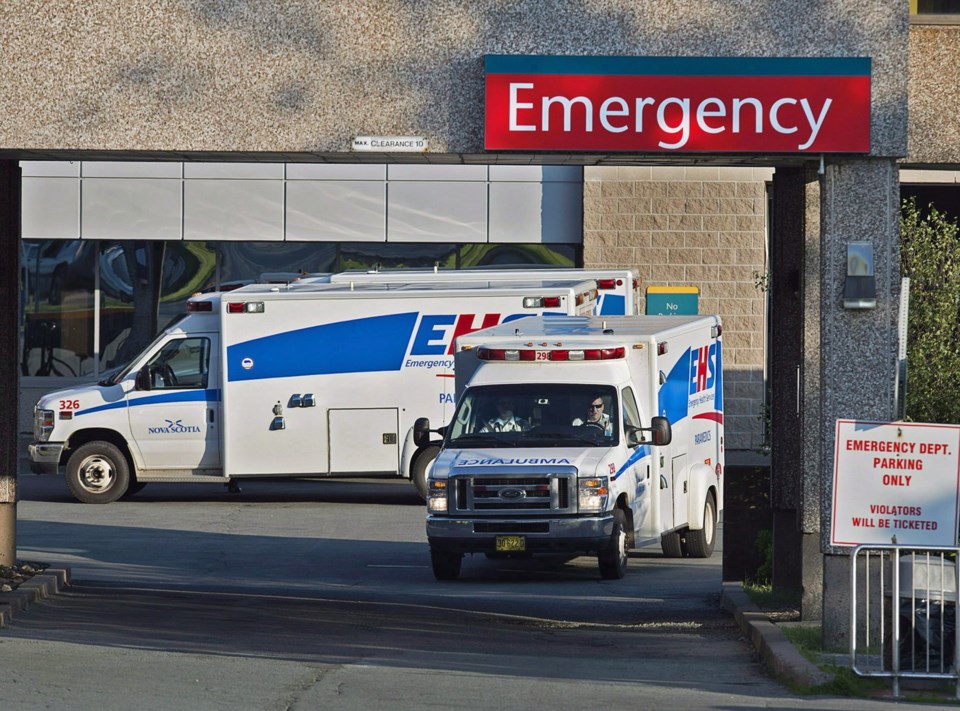HALIFAX ŌĆö Emergency response times across Nova Scotia, which had risen steadily in recent years, are improving, says the head of the provinceŌĆÖs ambulance service.
Average response times are down from 36 minutes to 18 minutes provincewide so far this year, Matthew Crossman, president of Emergency Medical Care Inc., told the legislatureŌĆÖs public accounts committee Wednesday.
Crossman attributed the improvement to the use of an air ambulance for long-distance transfers to Halifax hospitals, which has liberated ground crews for shorter trips. Improved wait times are also due to clinical programs, including one that allows paramedics to discharge some patients at the scene of their treatment without having to bring them to hospital, he added.
Under that program, paramedics are able to consult with physicians and nurses at the ambulance communications centre to determine the severity of any injuries before determining options.
ŌĆ£About a third of our calls result in non-transport, which allows us to be able to get to (other) people quicker,ŌĆØ Crossman told the committee. He said the use of the aircraft has added 11,500 service hours back to the ground ambulance system.
Last September, provincial auditor general Kim Adair released a report showing the average wait time for an ambulance in 2022 had risen to 25 minutes from 14 minutes. Between 2017 and 2022, average response times had grown between two and five per cent annually.
Adair also found that in 2022 paramedics were on average spending one-quarter of their working hours in emergency department hallways waiting for patients to be admitted to hospital, a process known as patient transfers. That year, none of the provinceŌĆÖs largest hospitals consistently met the provinceŌĆÖs transfer standard of 30 minutes, with her audit finding that standard was met only 23 per cent of the time.
The committee was told that so far this year, over 30 per cent of patient transfers are occurring at the 30-minute mark. Still, patient transfer times remain high, ranging anywhere from 90 minutes to two hours.
Crossman told reporters that he believes patient volumes are at the heart of the problem with the ambulance service now handling about 200,000 calls a year from across the province. ŌĆ£The hospital is also seeing the same amount of patients going in so itŌĆÖs about finding innovative ways to care for people,ŌĆØ he said.
Karen Oldfield, interim CEO of the provinceŌĆÖs health authority, said the current hospital occupancy rate is 104 per cent, which ends up clogging the system as patients try to access care.
Oldfield said a provincewide command centre that provides information on bed availability and patient transfers has helped with system access, as have various clinical teams that assess the level of treatment required by patients at hospital emergency departments.
As for patient transfer times by ambulances, she said thereŌĆÖs still room for improvement.
ŌĆ£Incrementally ŌĆ” itŌĆÖs a classic case of how do you eat an elephant? One bite at a time,ŌĆØ Oldfield said.
This report by The 91įŁ┤┤ Press was first published Sept. 11, 2024.
Keith Doucette, The 91įŁ┤┤ Press



